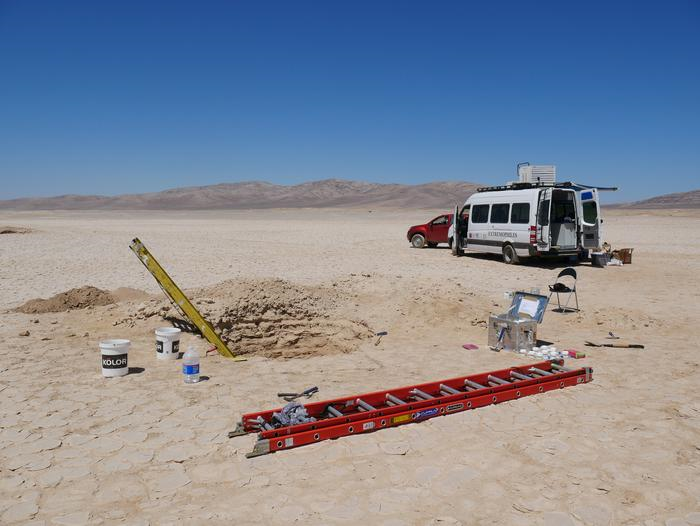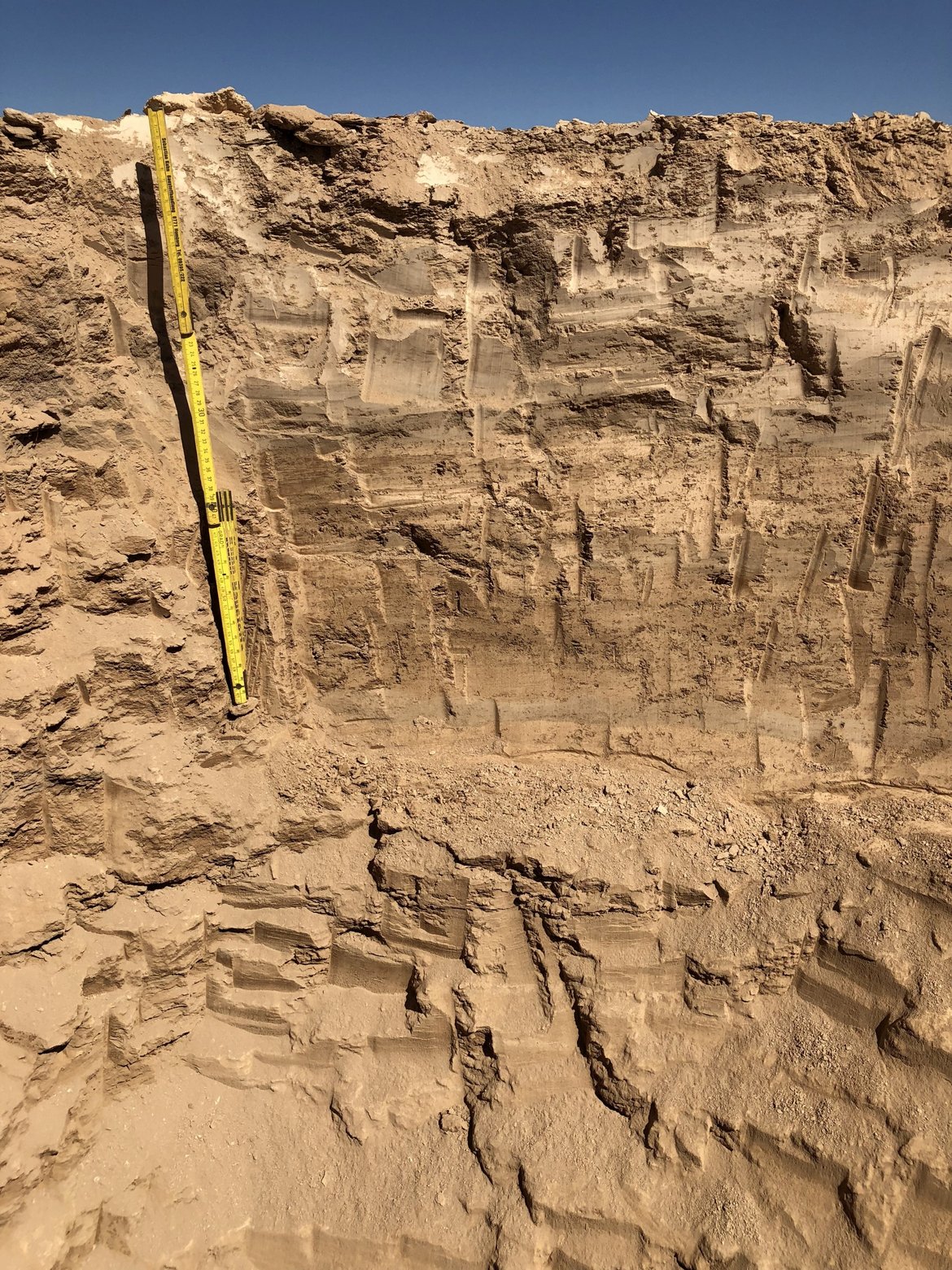An abundance of microbial life has been found in Chile’s Atacama Desert, lurking up to 4 meters (13 feet) below the surface of one of the most arid and inhospitable places on the planet.
The Atacama is the driest nonpolar desert – but not the driest place on Earth, that title belongs to somewhere you might not expect – receiving just 1 to 3 millimeters (0.04 to 0.1 inches) of precipitation per year in some places. But that hasn’t stopped life from thriving there.
While higher life forms are almost entirely absent, bacteria are known to inhabit the bone-dry, salty, and sulfate-rich soil – even at great depths. In a previously unexplored underground habitat in the Yungay region of the desert, researchers have found a surprisingly diverse community of microbes likely completely isolated from life at the surface.
Previous research has focused mostly on soil at the surface, meaning that, until now, what lies deep underground has been a bit of a mystery. “To our knowledge, this represents the deepest microbial survey and discovery of microbial life in Atacama soils to this day,” the team write in a new study describing their findings.
Digging down into the hyper-arid soil to a depth of 4.2 meters (13.8 feet), the researchers took regular soil samples before using a new method of molecular DNA analysis to isolate only DNA that originates from living organisms.
Doing so has enabled them to uncover a hidden biosphere that is helping to expand our understanding of biodiversity in the Atacama Desert and beyond.

The researchers dug down over 4 meters (13 feet) into the desert soil.
Image credit: L. Horstmann, GFZ
In the upper 80 centimeters (31.5 inches) of soil, the team found that communities were dominated by Firmicutes (or Bacillota) – a phylum of bacteria that includes Lactobacillus and Enterococcus. However, their numbers decreased as the depth and also salinity of the soil increased, resulting in a cessation of microbial life in the deepest samples between 80 and 200 centimeters (78.7 inches).
But below 200 centimeters, microbes reemerge. Here, a different microbial population was observed, dominated by Actinobacteria. The authors suggest that this community might have colonized the soil 19,000 years ago, before being buried by further soil deposits. They could, the team hypothesize, extend much deeper than 4.2 meters and may “represent the upper extent of a deep biosphere underneath hyperarid desert soils”.

The upper part of the soil profile.
Image credit: Dirk Wagner, GFZ-Pots
To survive at such depths, the bacteria may rely on the mineral gypsum as a water source, which could have important implications for – believe it or not – the search for extraterrestrial life.
“The exploration of gypsum-associated subsurface environments in the Atacama Desert has direct relevance to astrobiology, since gypsum deposits on Mars are […] not only evidence of past liquid water but could also possibly serve as a source of water for present microbial life,” the team write in their conclusion.
“Thus, the data from this study is helping us to understand if and how life may exist in similar environments on other planets or moons across our Solar System.”
The study is published in the journal PNAS Nexus.
Source Link: Hidden Bacteria “Biosphere” Found Lurking 4 Meters Beneath Earth’s Driest Hot Desert